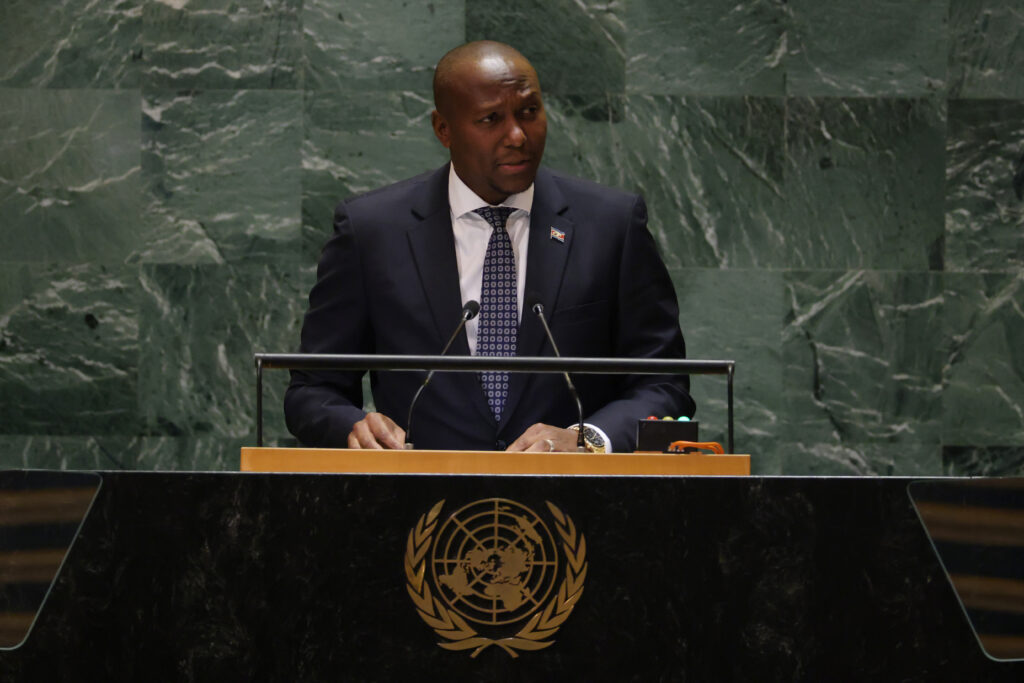La 21e étape du Tour: Montmartre, spectacle et crispation
Un an après la fièvre des JO, l’inclusion inédite sur le Tour de France de la butte Montmartre vient épicer la 21e et dernière étape qui s’annonce spectaculaire dimanche soir à Paris même si la plupart des coureurs se seraient bien privés de ce “stress inutile”.Les pavés de la rue Lepic, le Moulin Rouge, le French Cancan, le Sacré-Coeur… comment ne pas s’enthousiasmer devant le retour à l’affiche de ces lieux emblématiques où le monde avait assisté l’an dernier à l’un des grands temps forts des Jeux Olympiques ?De son propre aveu “jaloux” par le spectacle total offert ce jour-là devant 500.000 spectateurs déchaînés, le directeur du Tour de France, Christian Prudhomme, s’était mis à rêver le soir-même à dupliquer l’événement.Et après bien des péripéties, un premier véto de la Préfecture de police et le coup de pouce décisif du président Emmanuel Macron, “l’impossible est devenu possible”.Le peloton du Tour de France passera donc pour la première fois de son histoire par Montmartre avant de finir comme d’habitude sur les Champs-Élysées, son terminus depuis cinquante ans.A défaut de suspense pour le classement général où Tadej Pogacar, nanti d’une avance de plus de quatre minutes, peut avancer sereinement vers un quatrième victoire dans le Tour, Paris s’apprête à plonger dans la nostalgie avec cette nouvelle Madeleine de Proust sur le parcours mémoriel des JO.- “Mal à mon coeur de sprinteur” -Mais l’affaire change aussi complètement la physionomie sportive de cette dernière étape qui était devenue un aimable défilé où les coureurs trinquaient au champagne avant que les sprinteurs ne s’affolent lors des huit tours des Champs-Élysées.Cette fois, les coureurs ne feront que trois tours classiques avant de parcourir trois fois une boucle de 16,8 km comprenant la butte Montmartre dont l’ascension (1,1 km à 5,9 %) est suffisamment difficile pour potentiellement éliminer tous les sprinteurs.Au troisième passage au sommet de la Butte, il restera six kilomètres jusqu’à l’arrivée, ce qui va forcément favoriser les attaques des puncheurs et sans doute empêcher un sprint massif.Dès que le parcours est sorti, la levée de boucliers a été générale chez les bolides du peloton face au risque d’être privés du final le plus prestigieux de l’année pour eux.”J’ai mal à mon coeur de sprinteur”, compatit l’ancienne sprinteur allemand Marcel Kittel devant cette rupture de la tradition, qui plus est pour le 50e anniversaire de la première arrivée sur les Champs.Les coureurs de classement général aussi sont vent debout. Remco Evenepoel, pourtant champion olympique sur ce parcours, a été le premier à s’en émouvoir, dénonçant, avant son abandon, un “stress supplémentaire inutile”.- “Personne n’aime” -“Montmartre, ça a été très sympa pendant les JO mais il ne restait plus que 50 coureurs dans le peloton. Sur le Tour de France, on sera 150 à lutter pour se positionner sur une montée très étroite”, a embrayé Jonas Vingegaard.Seul Pogacar s’est voulu philosophe, n’y voyant “pas trop de différence pour lui personnellement”.”C’est clair que ça va mettre un peu de stress”, concède l’architecte du parcours Thierry Gouvenou, auprès de l’AFP, avant de relativiser.”Aux JO les coureurs zigzaguaient dans des ruelles en descente alors que là on va prendre des artères beaucoup plus larges. La montée de la rue Lepic est étroite, bien sûr. Mais quand on fait un secteur pavé sur Paris-Roubaix, ce n’est pas plus large.”Matteo Jorgenson, le lieutenant de Vingegaard, regrette aussi que les coureurs, pour la plupart morts de fatigue, n’aient plus le loisir de savourer une dernière étape tranquille et fêter leur arrivée à Paris après trois semaines particulièrement éreintantes, avec en plus des transferts interminables.”On a suffisamment souffert comme ça. Chez les coureurs, personne n’aime cette dernière étape”, assure l’Américain.Départ à Mantes-la-Ville à 16h10 (réel à 16h25), arrivée sur les Champs-Élysées à 19h35 (horaire calculé sur une moyenne de 41 km/h)







